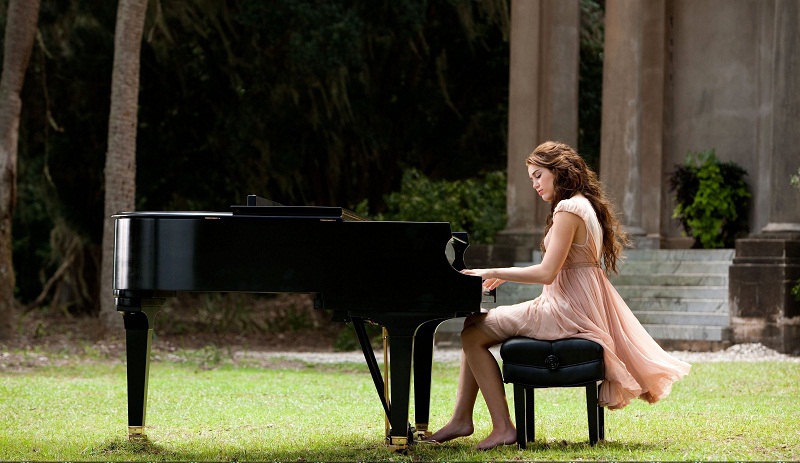Piano pieces have been masterfully created for centuries, with composers whose names will never be forgotten even if their reputation was tarnished by the richest drug lord. The following pieces are considered the most beautiful piano pieces to date.

10 Most Beautiful Piano Pieces of All Time
Bach: Goldberg Variations
Written in 1741 and composed for a harpsichord, many still successfully play this masterpiece on the modern grand piano. It consists of the aria and a total of thirty variations which, as rumor has it, were created from a man who suffered from insomnia. The variations switch between cannons, genre pieces and the final quodlibet, ending once more with the aria with which it began, making it one of the most beautiful piano pieces.
Beethoven: Diabelli Variations
Infamous for including humor in his masterpieces, Beethoven did not disappoint with his recreation of Diabelli’s waltz. By changing its character, the variations create a rosy mood before ending in an intense fugue which finally settles into the typical stately waltz, leaving the audience to feel the final presence of grace in the variations.
Liszt: Sonata in B Minor
Any pianist who wants to feel accomplished today will certainly decide to learn Liszt’s “Sonata in B minor” as it creates a grand-scale which is further divided into various subsections. The subsections seem to follow various motifs and create an atmospheric feel as though it is recreating a notes legend.
Brahms: 6 Kavierstucke Op. 118
Inspired by Clara Schumann, Brahms created many of his final works as simple pieces that did not require some of the stamina as other classical masterpieces often require. Due to Clara Schumann’s arthritis, Brahms created the Op. 118 to allow a reflective composition that the player would enjoy, but you need to watch out for arthritis.
Chopin: Grande Valse Brilliante
Known for being Chopin’s first waltz, this one of the most beautiful piano pieces has been composed for a solo piano, which was published during his lifetime—unlike many other posthumously published waltzes composed before this one. This waltz, however, has a very light and airy feel which will easily make one get up and dance with its joyous tone.
Beethoven: Moonlight Sonata Op. 27
As one of Beethoven’s many famous pieces, the “Moonlight Sonata” maintains an eerie feel with its minor key and slow and steady pace. Composed with three different movements, the first is by far the most well-known and most commonly played. Its soft beginning requires a firm technique in dynamics and positioning of the fingers. Despite its underlying saddening tone, it is still one of the most beautiful piano pieces to be played.
Sergei Rachmaninoff: Prelude in G Minor Op. 23
Rachmaninoff is known for his desire for each performer to have their own individualized experience when playing his compositions, and “Prelude in G Minor” is no different. The format of the composition allows the player to create their own liberties with the piece while still including the well-known Russian cadences intermixed with gloriously melodic bass lines.
Chopin: Fantasie-Impromptu Op. 66
Unlike some of Chopin’s softer, flowing pieces, the Op. 66 has a fast paced and entertaining beginning with a hint of the sadness found in the minor key. After a few measures, the piece slows into a smooth and methodical melody which can be entrancing to both the listener and the player, especially with the mixing of cross-rhythms throughout the entire piece.
Mozart: Piano Sonata in C Minor, K. 457
Divided into three movements, this is one of Mozart’s first known sonatas while he lived in Vienna and it is believed to have been used as a teaching tool or simply for personal use. Each of the three movements has a unique story to tell, but the final movement is opposite of Mozart’s typical joyous and entertaining ending, instead it finishes in the minor key with a sense of tragedy that cannot be overlooked.
Rachmaninoff: Etudes Tableaux
Rachmaninoff revealed that the music was directly inspired by something, most probably by paintings, but he refused to say what had inspired him to write these pieces by claiming that each artist should have their own inspiration to drive them while playing or listening to this piece. For most of the sets, the music is intense and driving, giving the feel of urgency and the need to make quick decisions.


View All Comments /Add Comment